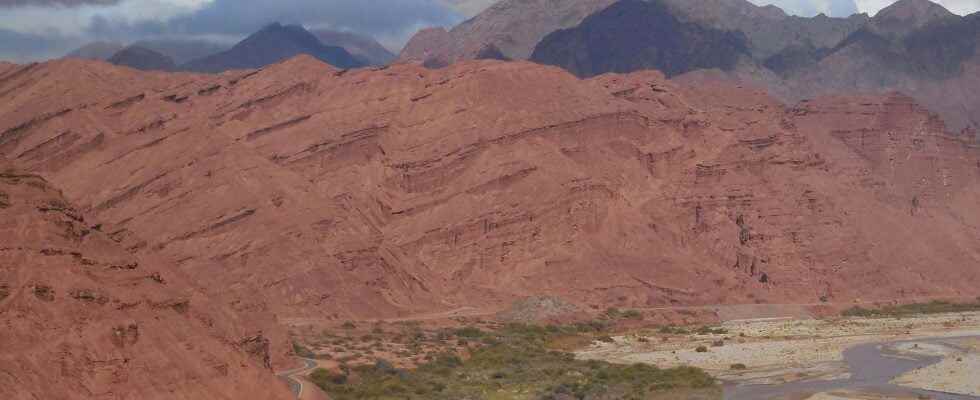Argentina, southern Brazil, Uruguay and Paraguay are facing scorching temperatures this week. The symbolic 50 ° C mark may be reached or approached these days.
You will also be interested
[EN VIDÉO] Climate change: how to protect our cities from heatstroke? To limit temperatures in urban areas during summer heat waves, this question must be considered from the design of facilities, residential or business buildings, roads, traffic plans, etc. A European study program, Urban Fluxes, lays the groundwork for better building the cities of tomorrow.
South America is currently in the middle of summer, and January is usually the hottest month of the year. But after suffering a first wave of heat of severe intensity last week, the south of the continent, especially Argentina, suffocated again under extreme temperatures. This weekend, the agricultural regions of southernArgentina will be affected by peaks at 48 ° C, or even locally perhaps 50 ° C, which would give rise to an absolute record of heat recorded for the country.
Argentina will then be the hottest area in the world for a few hours. In this region known for its vast cultures of But, the 35 to 40 ° C will be exceeded almost everywhere until the weekend. In Buenos Aires, the mercury rose to over 40 ° C on Tuesday 11, making it the hottest day since 1957 there. In general, temperatures are around 10 to 12 ° C above seasonal averages. Drought has been raging for several months in this area and agricultural experts estimate that only 30% of current crops are still in good condition.
An unbelievable heatwave will befall Argentina’s agricultural region (maximum expected between 47 & 50 ° C *!). The country’s (reliable) national record was 47.3 ° C at Campo Gallo on Oct. 16, 1936.
Corn, soybeans & vines are (pre) flowering, raising fears of an agricultural disaster. pic.twitter.com/HJlfp6P0hs– Dr. Serge Zaka (Dr. Zarge) (@SergeZaka) January 10, 2022
The La Niña phenomenon involved
The years marked by the La Niña phenomenon, a anomaly warm temperatures in the Pacific Ocean, generally coincide with the worst years of drought in southern Argentina. The La Niña phenomenon still has very marked consequences on South America, with wetter than normal weather in the north (floods in Brazil) and a drought in the south, in Argentina, Chile and Uruguay, probably accentuated by global warming in recent years.
Interested in what you just read?
.
fs11
